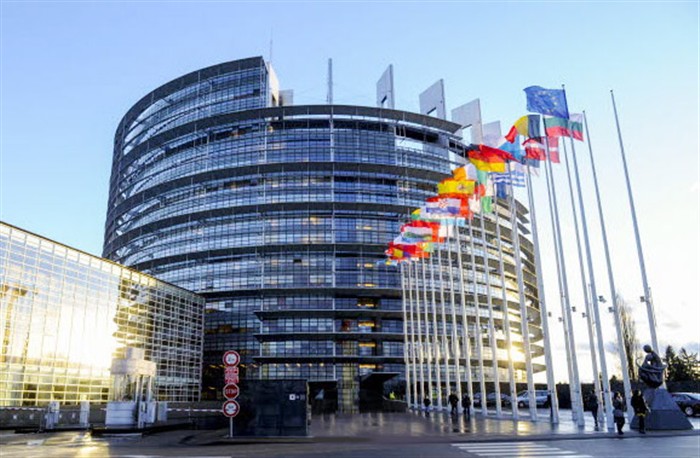Apple will not be pleased after the European Union, as expected, finally agreed on a common charging port for mobile phones, tablets and headphones sold in the bloc.
This EU agreement means that Apple must change must change the connector on all iPhones sold in Europe by the Autumn of 2024 to a USB Type-C connector.
“The provisional agreement on the amended Radio Equipment Directive, establishes a single charging solution for certain electronic devices,” the EU said. “This law is a part of a broader EU effort to make products in the EU more sustainable, to reduce electronic waste, and make consumers’ lives easier.”

EU common charger agreement
“Under the new rules, consumers will no longer need a different charging device and cable every time they purchase a new device, and can use one single charger for all of their small and medium-sized portable electronic devices,” it said.
“Mobile phones, tablets, e-readers, earbuds, digital cameras, headphones and headsets, handheld videogame consoles and portable speakers that are rechargeable via a wired cable will have to be equipped with a USB Type-C port, regardless of their manufacturer,” it said. “Laptops will also have to be adapted to the requirements by 40 months after the entry into force.”
The EU added that charging speed is also harmonised for devices that support fast charging, allowing users to charge their devices at the same speed with any compatible charger.
“Today we have made the common charger a reality in Europe!” said Parliament’s rapporteur Alex Agius Saliba. “European consumers were frustrated long with multiple chargers piling up with every new device.”
“Now they will be able to use a single charger for all their portable electronics,” said Saliba. “We are proud that laptops, e-readers, earbuds, keyboards, computer mice, and portable navigation devices are also included in addition to smartphones, tablets, digital cameras, headphones and headsets, handheld videogame consoles and portable speakers.”
“We have also added provisions on wireless charging being the next evolution in the charging technology and improved information and labelling for consumers,” said Saliba.
Common charger
The fight to ensure a common charging port for both Android and Apple devices has been a very long one, lasting over a decade.
Indeed, the issue of a universal (or common) charger has been on the EU agenda for 13 years, after the majority of smartphone manufacturers (including Apple) adopted the voluntary Micro-USB standard back in 2009.
The final micro-USB design charger was officially agreed in 2010 with ten mobile phone makers including Apple, Samsung, Huawei and Nokia (remember them?), so that they could standardise their chargers for new models of smartphones coming into the market in 2011.
But that ambition and timeframe was never achieved, and in 2014 the European Parliament gave its formal support for an universal charger for smartphones, tablets and other portable electronics.
Apple however had already introduced its 8 pin Lightning connector in back in September 2012 (with the iPhone 5) to save space on its previous 30 pin connector design.
![]()
And the iPad maker took advantage of a loophole in the European Union 2010 agreement (it was only a voluntary memorandum of understanding) to carry on using its Lightning connector, which are still in use on all iPhone models.
Apple has opposed the EU charging port move for a while now.
It insists the EU proposal will create a mountain of waste if consumers were forced to switch to new chargers.
![]()
But the change was inevitable after the European Parliament’s Internal Market and Consumer Protection Committee in April officially agreed with the Commission’s proposal on the common charger, paving the way for an assembly vote.




